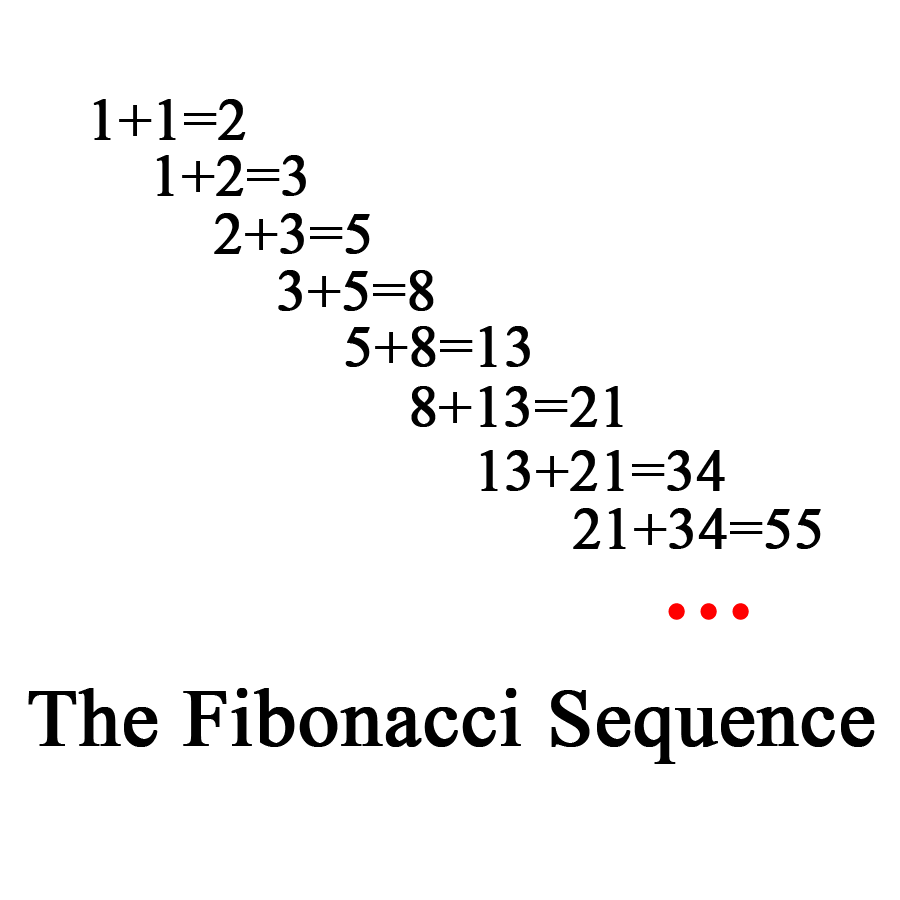

When students examine a text that uses the Problem/Solution text structure, they should examine at least two things: the argument as a whole and the individual components of it. What's important here, as it is with any text in which an author marshals an argument, is that the author uses only the information needed to advance the argument or refute counterarguments. What if the author wants to mention other potential solutions and then explain why their solution is the best one? Oh, hello there, Compare/Contrast!
TYPE OF SEQUENCE AND EXAMPLES SERIES
Does implementing the author's solution involve following a series of specific steps? That involves another structure. The author would likely also explain the causes and effects of the problem in order to argue in favor of their solution. Clearly, the author needs to describe the problem.

Problem/Solution can be a very complex text structure, as it necessitates the use of other structures, too.

Texts that use this format usually don't present any event or instruction out of order, as doing so would make its directions more difficult to follow.Īs a ludicrous example, imagine a cake recipe in which preheating the oven is the last step.

When students read or write a text with this structure, order is key. Arguments that use evidence to support a claim (presenting evidence from least to most convincing).Chronological events (This happened, then this happened, then this happened, etc.).Sequential instructions (Step 1, Step 2, Step 3 do this, then do that, and finally do this).This text structure covers a few purposes: Provide examples of the described topic(s)ĭescriptive texts are everywhere-in novels, works of literary nonfiction, news articles, science textbooks-which makes sense because the entire point of description is to present information.Tell you why the described topic is important.Tell you why something is being described.With few exceptions, these texts also present plenty of details about what they're describing. Texts that use this structure simply describe something. Students must be able to unpack these 5 text structures and study their components in order to fully understand and analyze informational texts, whether they're reading textbooks, news articles, or works of literary nonfiction. To achieve these purposes, authors use one or more of the following 5 text structures: The vast majority of texts are written for one or more of these three purposes:


 0 kommentar(er)
0 kommentar(er)
